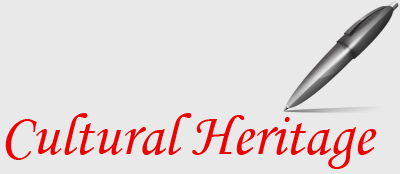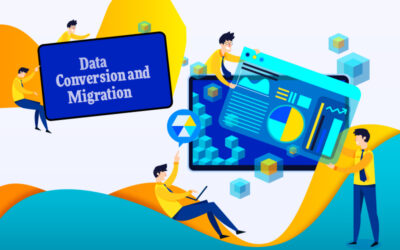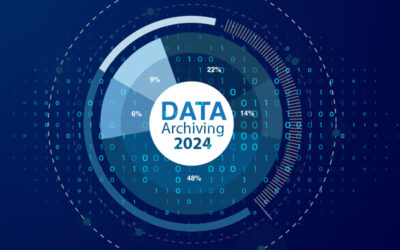
Cultural heritage institutions adhere to specific digitization guidelines for still image materials such as textual content, photographic prints, negatives and maps. The goal is to create a “reasonable reproduction” without enhancement by producing digital images that look like the original. Generally, every institution has its own practices regarding the extent of processing or editing that the master files are subjected to.
A recent instance of the digitization of cultural heritage, the Valkema Project is a collaboration between the RKD – Netherlands Institute for Art History and the Rakow Research Library. This venture, which was begun a year ago, involves the digitizing of the complete archive of popular Dutch glass artist Sybren Valkema.
Enabling Public Access to the Sybren Valkema Archive
The collections of Sybren Valkema, who is known for his blown glass sculptures, decorative vessels, windows and utilitarian objects, is currently housed in the RKD. Digitizing his archival collections will make it possible for artists and researchers across the world to tap into this vast reservoir of information without having to make a trip to the Netherlands. The collections include notes, drawings, correspondence, and slides relating to his career and the project is expected to be completed by the end of 2015.
The Rakow Research Library is part of the Corning Museum of Glass which is the world’s most important collection of glass, including the finest examples of glassmaking spanning 3,500 years. The library holds more than 400,000 books, trade catalogs, drawings, and archival materials. The RKD is the largest research institution in the field of Dutch arts and crafts, comprising a collection of more than 7 million reproductions, 450,000 books and 1500 meters of art historical archives.
Advantages of Digitizing Archival Collections
- Allows people to view and access materials they are interested in
- Unique pieces of information can be preserved for future generations
- Reduces the handling and use of fragile material collections
- Can save considerable physical storage space
- Round-the-clock availability of the required material
- More than one person can access the material at the same time
Another recent example of digitization of historic materials is the UNT-Carrollton library complete digitization project. University of North Texas (UNT) staff in association with the Carrollton Public Library has finalized the digitization and uploading of local history materials. Digitized files from the project are now accessible through the Portal to Texas History, a website maintained by UNT.
Professional document conversion companies are providing efficient support for scanning and digital preservation of archival collections as well as other material. Such companies are well-equipped with the skilled manpower and resources necessary to carry out the task and can provide competent solutions that meet industry standards.



